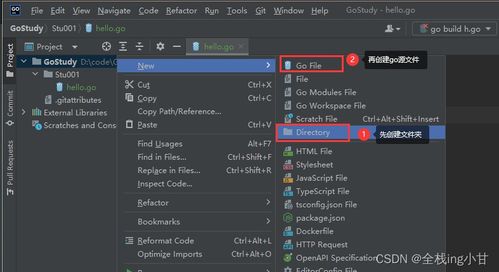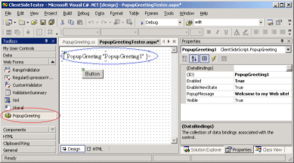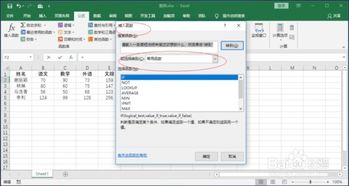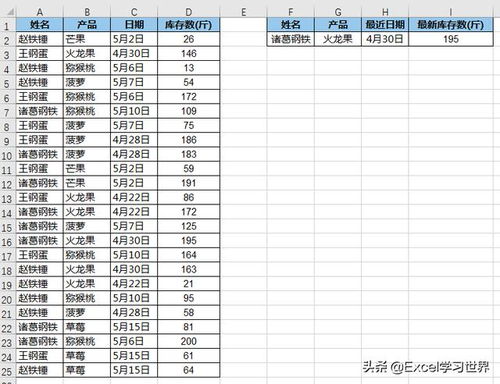动态时钟html代码:创建动态时钟,HTML代码实现
在现代网页设计中,动态时钟是一种常见的元素,它可以为网站增添实用性和视觉吸引力,无论是显示当前时间还是作为页面装饰,动态时钟都能提升用户体验,本文将通过HTML、CSS和JavaScript代码,展示如何创建一个简单的动态时钟,我们将一步步解释代码的实现过程,并提供完整的示例,帮助您快速上手。
实现步骤
创建一个动态时钟需要结合HTML(用于结构)、CSS(用于样式)和JavaScript(用于动态更新时间),以下是详细步骤:
HTML结构:定义时钟容器
HTML负责时钟的基本框架,包括显示时间和日期的元素,我们将创建一个简单的容器,用于放置时钟的各个部分。
<!DOCTYPE html>
<html lang="zh-CN">
<head>
<meta charset="UTF-8">
<meta name="viewport" content="width=device-width, initial-scale=1.0">动态时钟示例</title>
<style>
/* CSS样式将在这里定义 */
</style>
</head>
<body>
<div class="clock-container">
<div id="time" class="time-display"></div>
<div id="date" class="date-display"></div>
</div>
<script>
// JavaScript代码将在这里定义
</script>
</body>
</html>
在这个HTML文件中,我们创建了一个名为clock-container的容器,内部有两个元素:time-display用于显示时间,date-display用于显示日期,这些元素将通过CSS进行美化。

CSS样式:美化时钟外观
CSS用于设置时钟的视觉效果,包括字体、颜色、布局等,为了让时钟看起来更美观,我们可以添加一些基本样式,如居中显示、大字体和背景颜色。
body {
display: flex;
justify-content: center;
align-items: center;
height: 100vh;
margin: 0;
background-color: #f0f0f0;
font-family: Arial, sans-serif;
}
.clock-container {
text-align: center;
padding: 20px;
background-color: #fff;
border-radius: 10px;
box-shadow: 0 0 10px rgba(0, 0, 0, 0.1);
}
.time-display {
font-size: 4em;
font-weight: bold;
color: #333;
margin-bottom: 10px;
}
.date-display {
font-size: 1em;
color: #666;
}
这段CSS代码将时钟居中显示,添加了阴影效果和圆角,使时钟看起来更立体,您可以根据需要调整颜色、字体大小和布局。
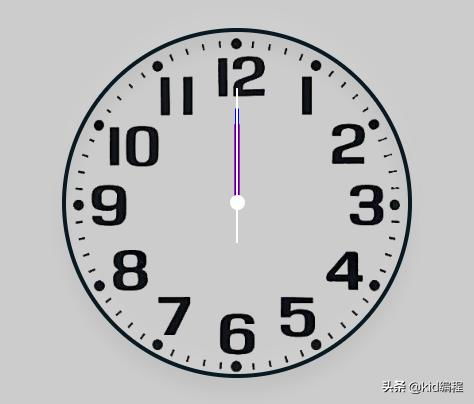
JavaScript逻辑:动态更新时间
JavaScript是实现动态时钟的核心,它通过获取当前时间并每秒更新显示内容,我们将使用Date对象获取时间信息,并使用setInterval函数实现每秒更新。
function updateClock() {
const now = new Date(); // 获取当前时间
const hours = now.getHours().toString().padStart(2, '0'); // 获取小时,并补零
const minutes = now.getMinutes().toString().padStart(2, '0'); // 获取分钟,并补零
const seconds = now.getSeconds().toString().padStart(2, '0'); // 获取秒数,并补零
const timeString = `${hours}:${minutes}:${seconds}`; // 组合时间字符串
document.getElementById('time').textContent = timeString; // 更新时间显示
const year = now.getFullYear(); // 获取年份
const month = (now.getMonth() + 1).toString().padStart(2, '0'); // 获取月份(加1因为月份从0开始),并补零
const day = now.getDate().toString().padStart(2, '0'); // 获取日期,并补零
const dateString = `${year}-${month}-${day}`; // 组合日期字符串
document.getElementById('date').textContent = dateString; // 更新日期显示
setTimeout(updateClock, 1000); // 1秒后再次调用updateClock函数
}
// 页面加载后启动时钟
window.onload = updateClock;
这段JavaScript代码的工作原理如下:
updateClock函数首先获取当前时间,并将其格式化为“时:分:秒”的字符串。- 它将格式化后的时间显示在HTML中的
time-display元素上。 - 它还会显示当前日期(年-月-日)。
- 使用
setTimeout函数实现每秒更新一次,确保时钟保持动态效果。
完整代码示例
将以上HTML、CSS和JavaScript代码整合到一个文件中,即可创建一个完整的动态时钟,以下是完整的HTML代码示例:
<!DOCTYPE html>
<html lang="zh-CN">
<head>
<meta charset="UTF-8">
<meta name="viewport" content="width=device-width, initial-scale=1.0">动态时钟示例</title>
<style>
body {
display: flex;
justify-content: center;
align-items: center;
height: 100vh;
margin: 0;
background-color: #f0f0f0;
font-family: Arial, sans-serif;
}
.clock-container {
text-align: center;
padding: 20px;
background-color: #fff;
border-radius: 10px;
box-shadow: 0 0 10px rgba(0, 0, 0, 0.1);
}
.time-display {
font-size: 4em;
font-weight: bold;
color: #333;
margin-bottom: 10px;
}
.date-display {
font-size: 1em;
color: #666;
}
</style>
</head>
<body>
<div class="clock-container">
<div id="time" class="time-display"></div>
<div id="date" class="date-display"></div>
</div>
<script>
function updateClock() {
const now = new Date();
const hours = now.getHours().toString().padStart(2, '0');
const minutes = now.getMinutes().toString().padStart(2, '0');
const seconds = now.getSeconds().toString().padStart(2, '0');
const timeString = `${hours}:${minutes}:${seconds}`;
document.getElementById('time').textContent = timeString;
const year = now.getFullYear();
const month = (now.getMonth() + 1).toString().padStart(2, '0');
const day = now.getDate().toString().padStart(2, '0');
const dateString = `${year}-${month}-${day}`;
document.getElementById('date').textContent = dateString;
setTimeout(updateClock, 1000);
}
window.onload = updateClock;
</script>
</body>
</html>
注意事项和扩展
- 性能优化:动态时钟每秒更新一次,可能会对页面性能产生轻微影响,如果您的网站访问量大,可以考虑使用
requestAnimationFrame来优化更新频率。 - 浏览器兼容性:上述代码在现代浏览器中运行良好,但在旧版浏览器(如IE8)中可能不支持某些功能(如
padStart方法),如果需要兼容旧版浏览器,可以使用替代方法,例如手动补零。 - 扩展功能:您可以进一步扩展这个时钟,例如添加星期显示、倒计时功能,或使用Canvas绘制模拟时钟表盘,添加星期显示只需在JavaScript中获取
now.getDay()并格式化输出。 - 响应式设计:为了让时钟适应不同屏幕尺寸,可以使用媒体查询调整CSS中的字体大小和布局。
通过本文,您已经学会了如何使用HTML、CSS和JavaScript创建一个简单的动态时钟,这种技能在网页开发中非常实用,可以应用于个人博客、企业网站或任何需要显示实时时间的场景,如果您想进一步提升,可以尝试添加更多功能,如背景音乐或动画效果,希望这篇文章对您有所帮助!
文章已关闭评论!

